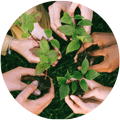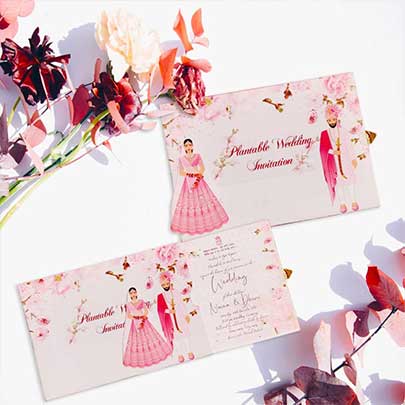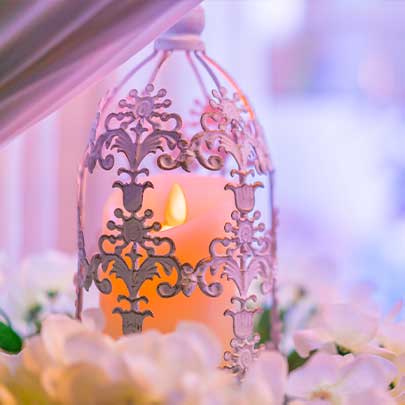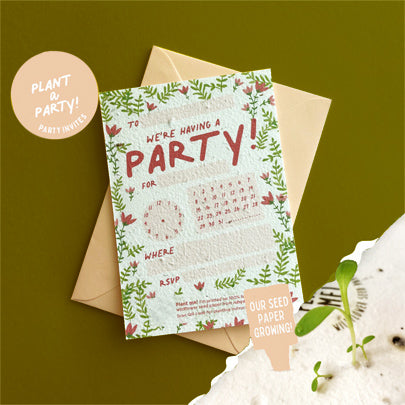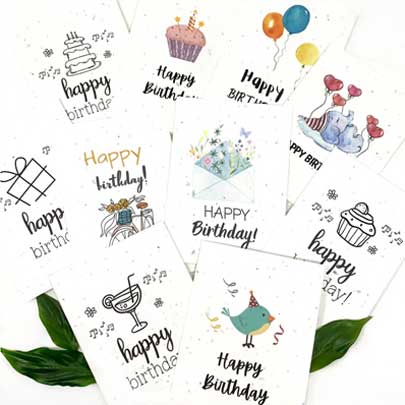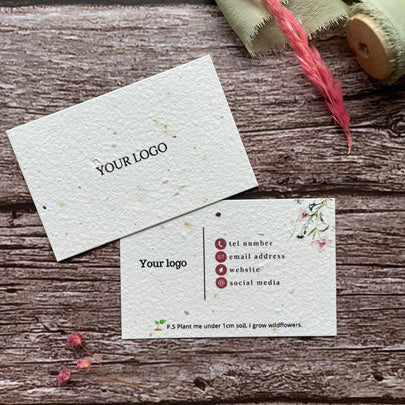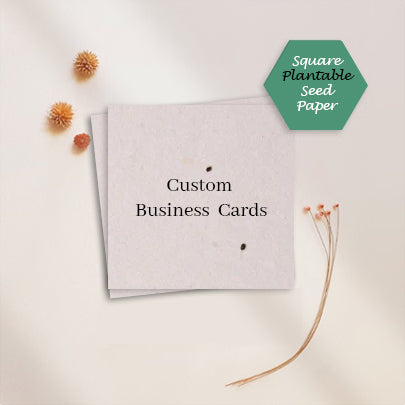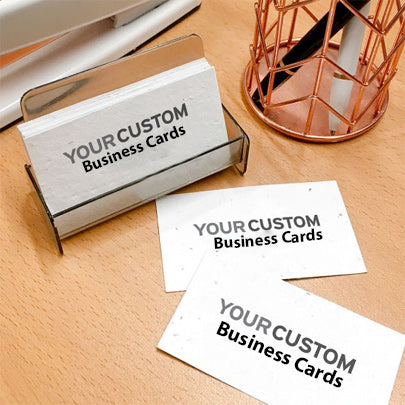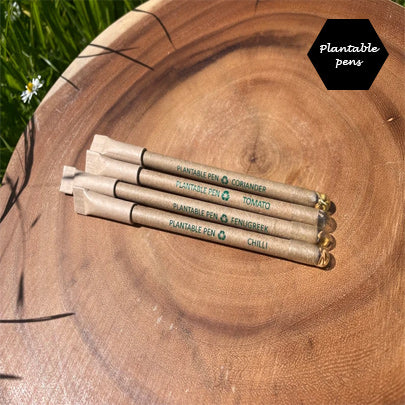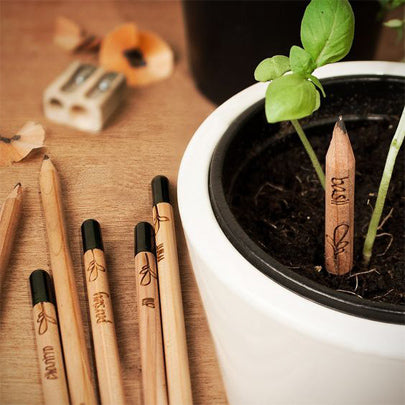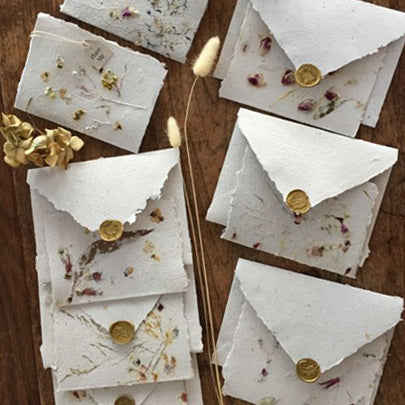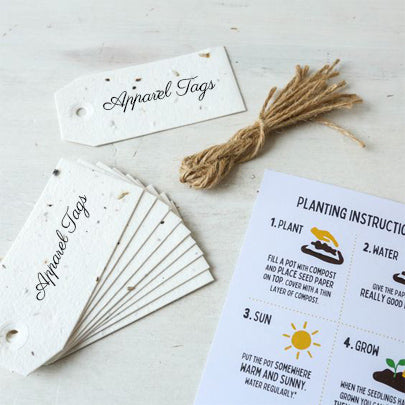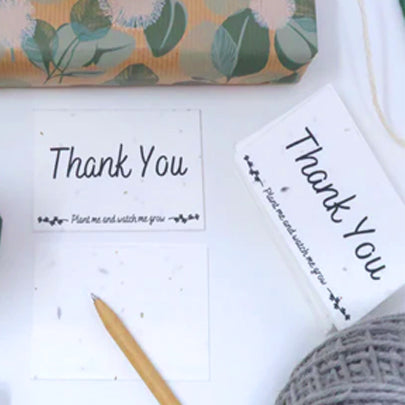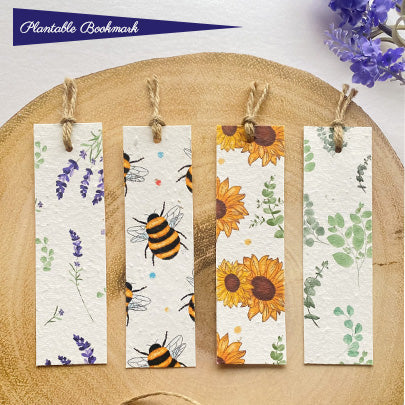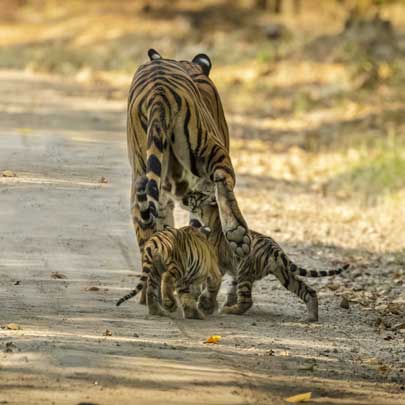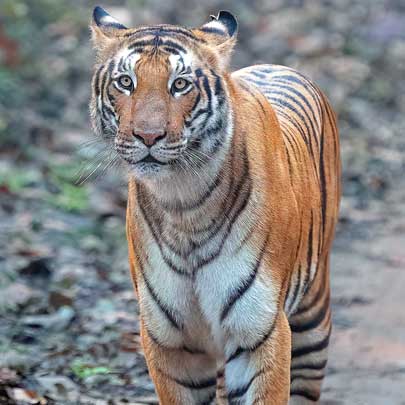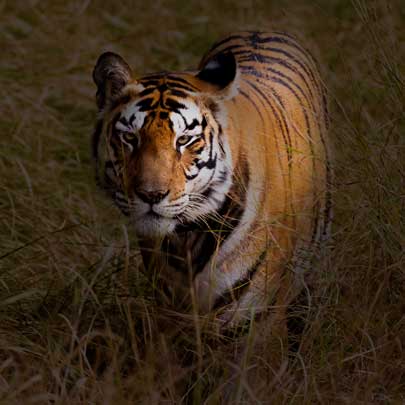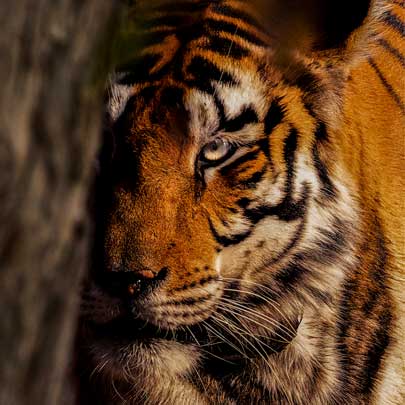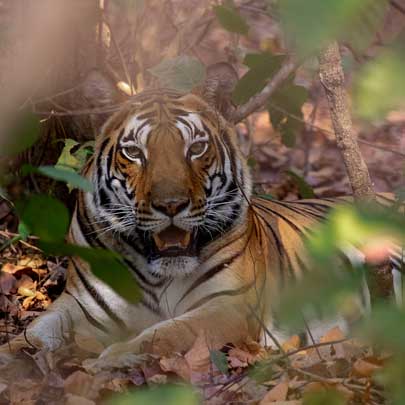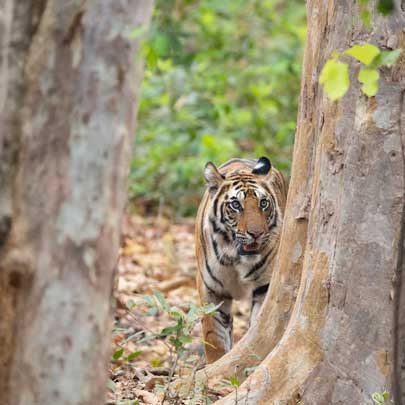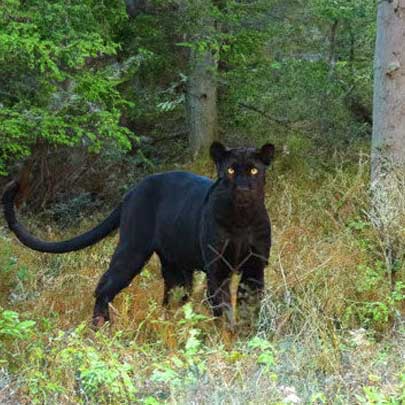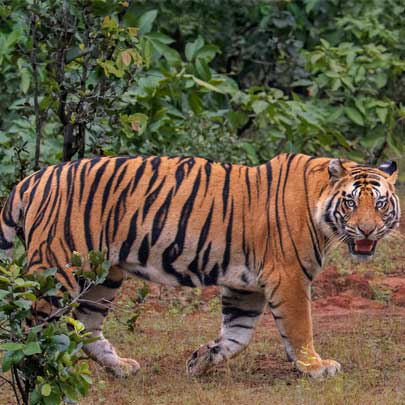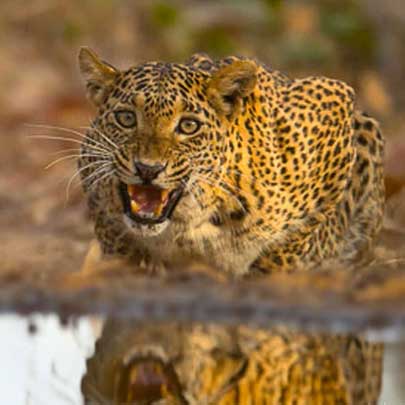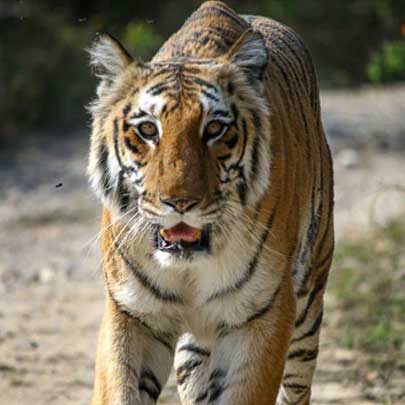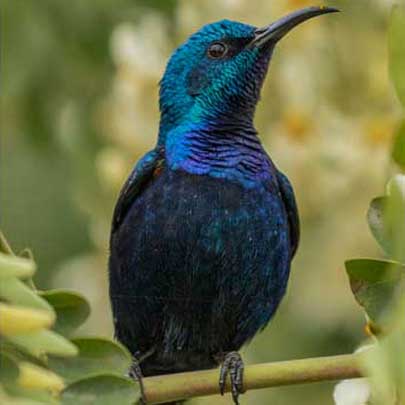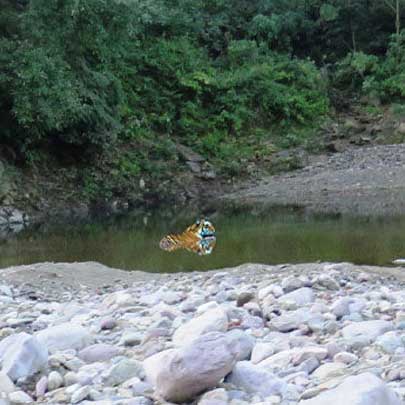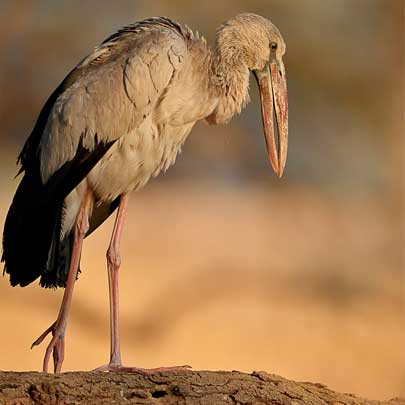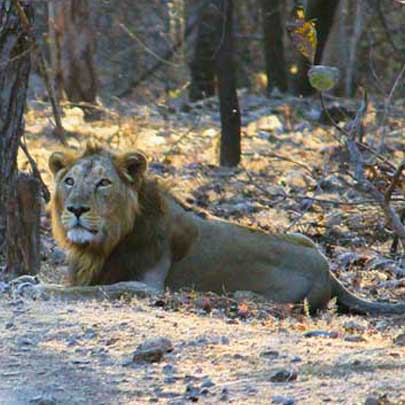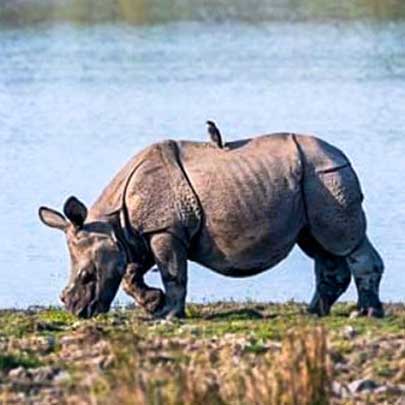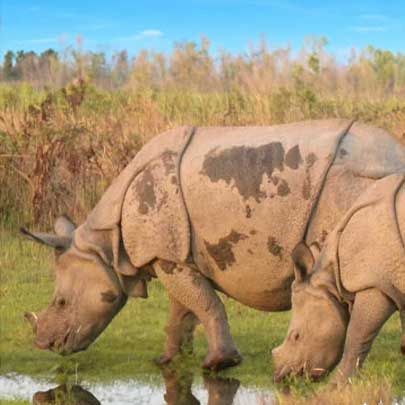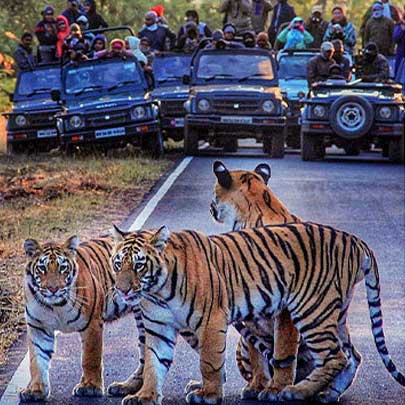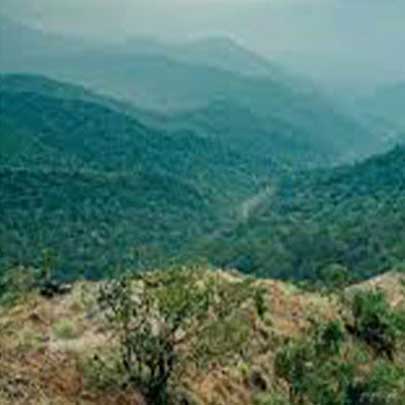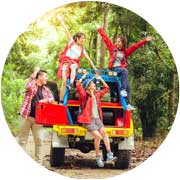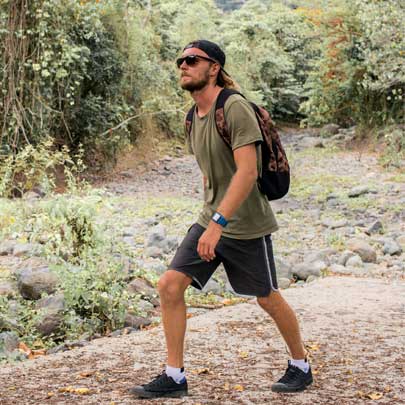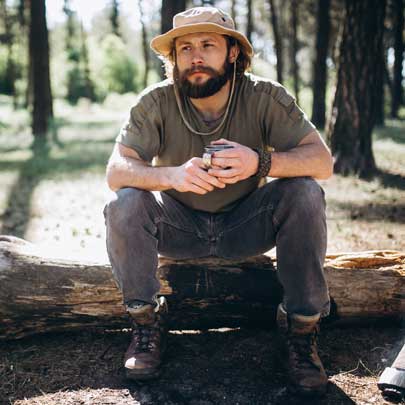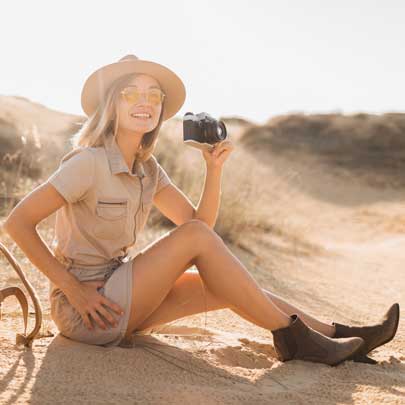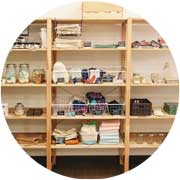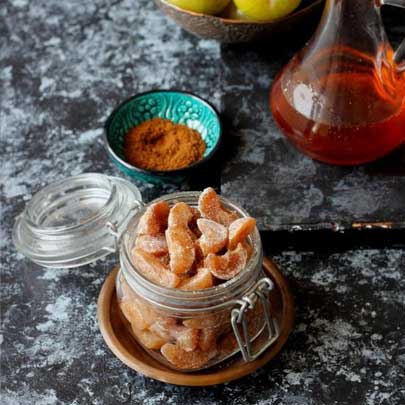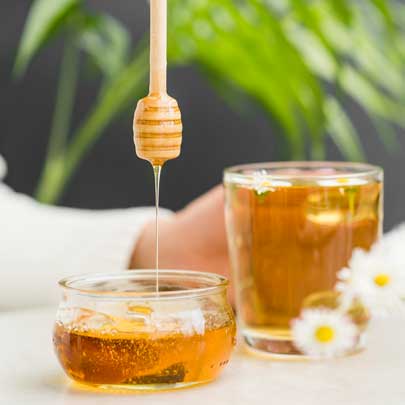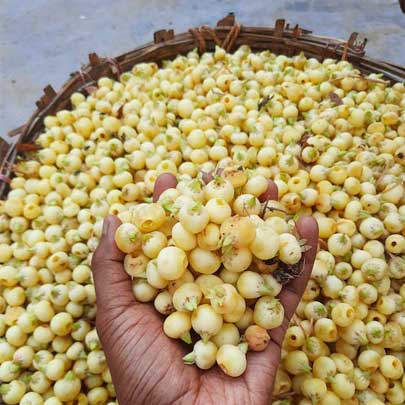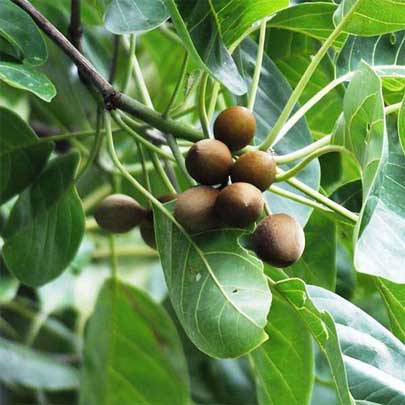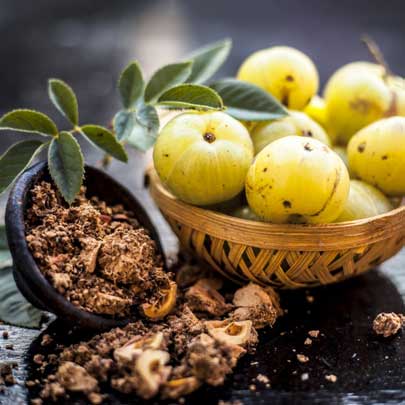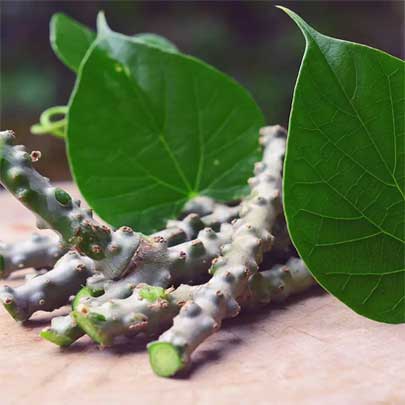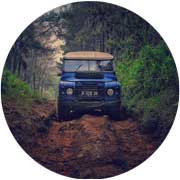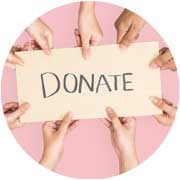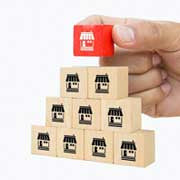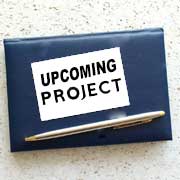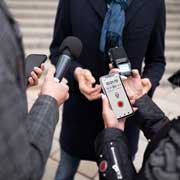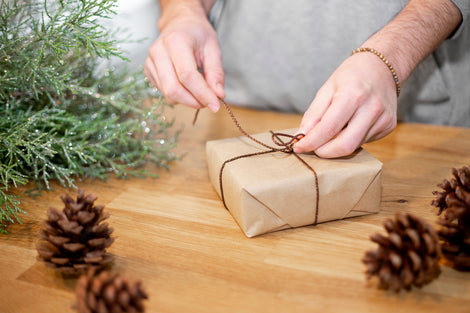The Journey of a Seed: What Happens After You Plant a Product
The Journey of a Seed: What Happens
After You Plant a Product
Planting a seed is more than just a simple act of placing it in the ground—it’s a commitment to nurturing life, fostering biodiversity, and promoting a greener planet. In today’s environmentally conscious world, understanding what happens after you plant a seed is essential, especially as sustainable practices become central to product development and corporate responsibility.
This journey from seed to tree encapsulates nature’s miracle, driven by patience, care, and ecological awareness. In this blog, we explore the life cycle of a seed, the ecological impact it has, and how organizations like Wildlense Eco Foundation are leading the way in restoring balance to our environment through reforestation and eco-initiatives.
Why Planting a Seed Matters

Planting seeds isn’t just about gardening—it’s about regeneration, climate resilience, and environmental protection. As global concerns about deforestation, carbon emissions, and climate change grow, more individuals and businesses are investing in tree plantation initiatives to offset their carbon footprint and contribute to a healthier Earth.
Top Benefits of Planting Seeds:
-
Carbon sequestration: Trees absorb CO₂ and release oxygen.
-
Soil health improvement: Roots stabilize the soil and prevent erosion.
-
Increased biodiversity: Trees offer shelter to countless species.
-
Water cycle support: Forests play a vital role in rainfall patterns and groundwater recharge.
-
Urban cooling: Trees reduce heat in cities, lowering energy consumption.
The Journey of a Seed: From Soil to Sapling

Let’s walk through the life cycle of a seed after it’s planted:
1. Germination – The Miracle Begins
Once a seed is sown into the soil, it enters a phase called germination. Under the right conditions—moisture, warmth, and oxygen—the seed absorbs water, swelling and breaking its outer coat. The embryonic root (radicle) emerges first, anchoring the plant.
2. Shoot Development
Following root development, a shoot grows upward toward sunlight. This shoot becomes the future stem, while tiny embryonic leaves start to unfurl. At this stage, the seed is now a seedling.
3. Photosynthesis Takes Over
Once leaves open, the plant begins photosynthesis, converting sunlight, water, and carbon dioxide into food. This process is crucial for growth and continues throughout the tree's life, helping reduce greenhouse gases.
4. Root Expansion and Leaf Growth
With time, the seedling establishes a deeper root system and grows more leaves. Strong roots allow better absorption of nutrients and water, increasing resilience to weather changes and drought.
5. Maturity and Ecosystem Impact
As the plant matures into a sapling and then a fully-grown tree, it becomes part of a larger ecosystem. It supports pollinators, improves air quality, and becomes a home to birds, insects, and other animals.
From Product to Plant: Sustainable Business Practices

In recent years, many eco-conscious companies have adopted the model of "plant a tree with every product" or "eco-friendly packaging with embedded seeds." This movement is transforming how we view consumer goods—not as waste, but as seeds of change.
How It Works:
-
Seed-embedded products: Items like greeting cards, tags, or packaging are made from biodegradable materials embedded with seeds.
-
Tree planting for every purchase: Organizations like Wildlense Eco Foundation enable consumers to contribute to reforestation projects with each product they buy.
-
Eco-campaigns and CSR: Brands are aligning their missions with environmental responsibility, promoting sustainability in product life cycles.
Wildlense Eco Foundation: A Catalyst for Green Change
One of the pioneers in this space is the Wildlense Eco Foundation, an organization dedicated to wildlife conservation, afforestation, and sustainable environmental development. Their initiatives go beyond planting trees—they foster biodiversity conservation, promote eco-tourism, and educate communities about sustainable practices.
Key Initiatives by Wildlense Eco Foundation:
-
Tree Plantation Drives: Large-scale community participation to restore green cover in degraded areas.
-
Wildlife Awareness Programs: Educating the public about the importance of preserving endangered species and habitats.
-
Eco-friendly Campaigns: Collaborations with brands to integrate tree planting into product experiences.
-
Carbon Footprint Offsetting: Partnering with individuals and companies to help reduce carbon footprints through verified tree planting projects.
By supporting such organizations, your purchase becomes a powerful environmental action, directly contributing to a greener future.
The Environmental Impact of Every Seed Planted
A single seed may seem insignificant, but over time, it becomes part of a vast carbon sink, cooling the planet and purifying the air. When scaled, the impact is enormous.
Environmental Statistics:
-
One tree can absorb up to 22 kg of CO₂ per year.
-
Trees can cool urban areas by up to 8°C, reducing the need for air conditioning.
-
Forests house 80% of the world's terrestrial biodiversity.
-
Reforestation is one of the most cost-effective ways to combat climate change.
How You Can Get Involved
Whether you're a consumer, business owner, or environmental enthusiast, there are many ways you can contribute to the seed-to-tree journey:
As an Individual:
-
Buy from eco-conscious brands that plant a tree with every purchase.
-
Participate in local tree planting drives.
-
Support organizations like Wildlense Eco Foundation through donations or volunteering.
-
Grow your own trees in your backyard or balcony using seed balls or native plant species.
As a Business:
-
Integrate tree planting into your CSR strategy.
-
Use biodegradable, seed-infused packaging for products.
-
Collaborate with foundations like Wildlense to track your environmental impact and share it with customers.
-
Encourage customers to join the journey—send growth updates of trees planted on their behalf.
Final Thoughts: Every Seed is a Promise
In a world facing climate uncertainty, each seed planted is more than a biological process—it’s a symbol of hope, renewal, and sustainability. From the moment a seed is planted—whether in soil or as part of a green product strategy—it sets in motion a ripple effect of positive environmental change.
Organizations like Wildlense Eco Foundation are proving that through dedication and collective effort, we can reverse damage, revive biodiversity, and leave a better planet for future generations. Whether you're planting a tree, purchasing a sustainable product, or supporting eco-charities, remember: you’re part of the journey.
Let’s continue sowing the seeds of a greener tomorrow—one tree at a time.



